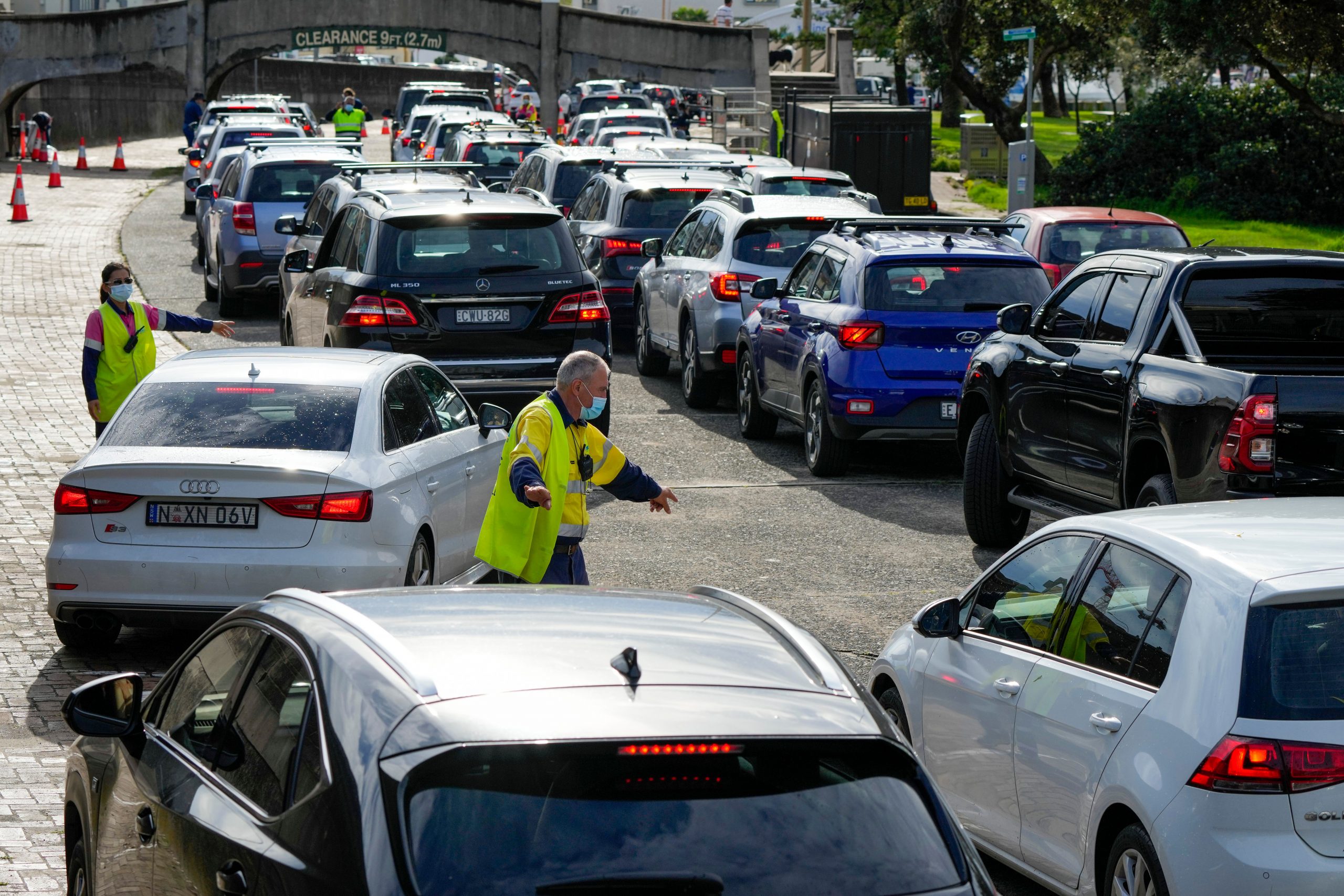Australia has reported its deadliest day of the coronavirus pandemic, yet, on Friday. The country has seen 80 coronavirus fatalities, as the omicron variant outbreak has continued to take a toll.
However, Dominic Perrottet, premier of the most populous state, New South Wales, said that there has been a slight decrease in hospitalizations, which gave him some hope about the pressure the current outbreak is putting on the country’s health system.
Also Read | US to require essential workers crossing borders to be fully vaccinated for COVID
The previous record of 78 deaths was set on Tuesday. There have been just under 3,000 coronavirus deaths in Australia since the pandemic began.
New South Wales, home to Sydney, reported a record 46 deaths. Among these, there was a baby who died from COVID-19 in December. This was one of several historical cases that were investigated.
Also Read | India: Revised COVID-19 guidelines do not recommend masks for kids below 5
The news emerged after the premier of Western Australia state, Mark McGowan, backed down on the previous promise to reopen the state to the rest of the country on February 5.
Also Read | Sputnik V more effective against omicron than Pfizer’s vaccine: study
In a late-night news conference that took place on Thursday, McGowan said that reopening the state as planned earlier, would be “reckless and irresponsible” given a large number of COVID-19 cases in other states. No new date has been set, at present, for when the state might relax its decision to close the border.
Also Read | Why is it better to wear an N95 than a cloth mask right now?
The border decision means neither Prime Minister Scott Morrison nor opposition leader Anthony Albanese can campaign in the state for now. An election is due to be held by May 21.
Also Read | Five genome sequencing labs shut down in India due to lack of funds: Report
Premier Steven Marshall also reported that South Australia has seen a fall in COVID-19 infections, and there has been evidence to show the state could have reached its peak in the current omicron outbreak. Marshall said, “These numbers do bob around a bit but this is very significantly under our seven-day average. I’m increasingly hopeful we have got on top of this very dangerous omicron wave.”
[Edited with AP Inputs]







